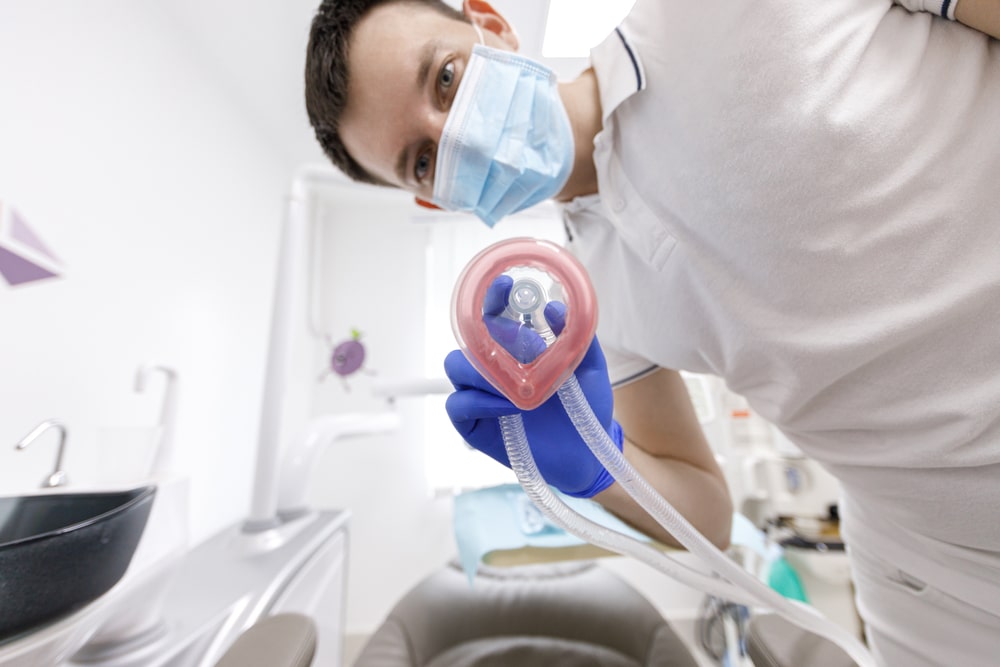Do You Need Sedation for Dental Implants?
Sedation isn’t necessary for many dental implants. Though it was in the past because the procedure was so aggressive, today everything is minimally invasive.
The implant procedure usually doesn’t entail cutting into the gums. In fact, mini-implants require a less-involved process than you might expect; using small tools, we make tiny pinholes to eliminate bleeding. More involved procedures—a full mouth of dental implants, for example—do take a little time, but we set aside a few hours for those so you can relax and feel comfortable.
For sedation, we determine an appropriate protocol—one that’s right for you—during your consultation. We explain sedation and answer any questions you may have about it.
We use a combination of pills to sedate patients. We call this oral conscious sedation. You come in, drink some liquid, and swallow a pill or pills. Usually, the pills are in crushed form, in case you can’t swallow them whole and prefer letting them dissolve under your tongue. Before you know it, you’re asleep.
After the procedure, you really don’t remember anything. That’s one of the best things about the procedure: you have retrograde amnesia. Most patients say they remember coming to our office and sitting here and then waking up at home with no memory of what happened.
As you may surmise, you need someone to come with you who can drive you home and take care of you while you recover. We make sure a responsible adult fills this role. That’s really the only major downside of oral conscious sedation. You’re out for a few hours after the procedure. You may even have to take a day off to fully recover.
Are you awake during oral conscious sedation?
You’re really sleeping during the procedure. We sometimes have to wake you to get you to open your mouth. We’ll prop your mouth open so that we can do the work and then wake you to finish the procedure.
To wake you, we tap you or lightly rub your shoulder or arm, just as if you were sleeping at home and a family member were trying to wake you. You’re still sedated for hours afterward.
Are you able to wake up and leave or are you carried out?
We have a wheelchair. We don’t allow our patients to walk around under sedation because they really don’t remember what’s going on and their decision-making is compromised.
It’s our job to protect patients once they go under sedation. When you’re under sedation, you’re in our hands, and we take care of you. Everyone goes to the bathroom beforehand. There are some other requirements. You’re not supposed to eat beforehand; it decreases the depth of sedation. There are several factors that go into how many pills or what the dosage is that we give you for the various types of medication that we use to make you aware. Some of it has to do with your medical history; some medications you’ve already been taking, maybe, and others have to do with just your height and weight.
Many patients are taking other medications as well as the ones that we’re going to give them for sedation. We want to make sure everybody’s safe in so many ways. I’m not your physician, and I’m not going to recommend that we modify any of your medications. Some people say, “Well, I’m on an anticoagulant, and my doctor says that I may bleed.” We want to know what your different rates of bleeding are, so we’ll investigate that with you, and your doctor too, if necessary. If you’re being treated for a chronic condition and taking various medications, we’ll likely keep you on all of them. So, we’re not modifying anything. We’re not doing general anesthetic; this is oral conscious sedation.

